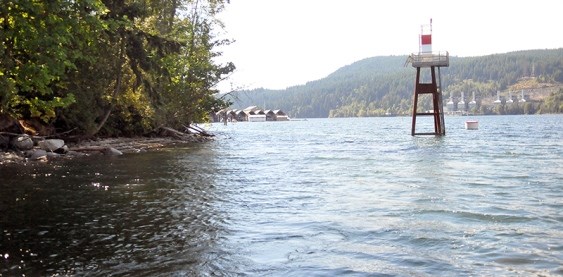There have been so many changes to the shoreline of Port Moody over the years that it's hard to say what is natural and what is man-made.
From the early mill days to the coming of CP Rail, Port Moody inlet has seen many changes that have benefitted the economy and the tax base while altering the original habitat.
But just because those alterations have occurred in the past doesn't mean future changes should go ahead without close scrutiny.
Today, it's Pacific Coast Terminals that is seeking to alter the shoreline and has local environmentalists wondering about the benefit, and possible harms, of the construction.
According to PCT, which is building a potash distribution terminal, the work required will include expanding the existing bank to accommodate railroad storage and taking out some mudflat area for a potash warehouse. As well, the company needs a staging area to transport building materials.
In compensation, the company will build a spit at nearby Kyle Creek, with trees, marsh and a cobble beach to enhance salmon habitat, and will turn the staging area into an island that its consultants say will attract marine wildlife when the work is done.
Longtime environmentalists in the area wonder if replacing mudflat with an island and tampering with the shoreline will create more harm than good, despite the mitigation measures.
They have some legitimate concerns, having studied the area for years, and are worried that not enough was done to get a picture of environmental impacts of the work on the mudflats and shoreline, given their importance to fish and migrating birds.
Yes, Fisheries and Oceans Canada has given the project its stamp of approval but it's not too late for other agencies to require PCT to do more thorough baseline study and further monitoring once work is done to determine the impact of these changes. As well, an overall environmental plan is needed to guide development and protect the shoreline in future.
We don't have the expertise to argue whose information is correct but the disparity in viewpoints suggests more knowledge is needed by those with the power to make habitat-altering decisions.



